By Susanne von Rosenberg, UC Master Gardener of Napa County
January is a great time of year to plant strawberries in Napa Valley, regardless of online recommendations to plant them in the spring, late summer or early fall.
Strawberries come in three types: June bearing, day neutral and everbearing. June-bearing strawberries set one heavy crop in late spring, typically starting in mid-May in our area for the early varieties. They produce most of their berries in a window of 10 to 14 days, and they tolerate hot temperatures. June-bearing strawberries come in early-, mid-, and late-season varieties. The late-season varieties start fruiting about two weeks after the early varieties.
Day-neutral varieties will fruit as long as the day length is 12 hours or more and temperatures remain between 40°F and 90°F. Despite their name, everbearing strawberries will produce a fairly heavy crop in late spring and again in early fall. They may produce a third crop in mid-summer in mild summer areas.
Sources disagree about which type of strawberry plants produce the biggest berries. But unless you want large berries for decorative reasons, don't let size affect your choice as it has no correlation to flavor.
Many strawberry varieties do well in our area. In 2012, the Master Gardeners did a field trial of three varieties, and Albion (a day-neutral variety) performed best. Sequoia (an everbearing variety that can produce all season in mild climates) also did fairly well, but Quinault, a popular everbearing variety, performed poorly.
Other good day-neutral varieties include Seascape and Selva. The latter is notable for its large berries. Good June-bearing varieties include Chandler, Jewel, Camarosa and Ventana.
Not surprisingly, catalogs tend to describe all the varieties as having great flavor, so just experiment and see which you prefer. One source said Jewel had an “exotic tropical fruit flavor.” Camarosa and Chandler are said to produce large yields.
Everbearing varieties seem to be losing ground to day-neutral varieties. To make matters more confusing, a lot of catalogs and online sources use those terms interchangeably, although they clearly aren't the same.
Look for certified disease-free, bare-root plants from a local nursery. Big-box stores sometimes have six-packs of strawberry plants, but often with no indication of variety. Think twice about buying these as you won't know if they're suited to our climate, or when the plants will bear fruit.
Strawberry plants will produce the year you plant them and will typically have their best crop the following season. After that, production will decline. Expect to replant about every three years. You can grow your own new plants from runners. June-bearing plants will produce the most runners, whereas everbearing and day-neutral varieties put more of their energy into producing fruit.
If you don't want to grow replacement plants, cut off the runners because they take energy from fruit production. It's also best to cut off runners in the first year to help the plants get established. Leaving a few runners to fill bare spots is okay.
Strawberry plants need at least eight hours of sunlight a day. Don't plant them where you recently grew members of the Solanaceae family, such as tomatoes, eggplants, peppers and potatoes. All these plants are susceptible to verticillium wilt, a fungal disease. By rotating where you plant Solanaceae, you can keep the fungus from getting established in the soil.
Slugs and snails are the primary pests of strawberries. Pick them off by hand, or use an iron phosphate-based bait. These baits are non-toxic to other animals. Strawberries can also suffer from nutrient deficiencies. (I had an issue with lack of boron.) Check online sources if your berries look odd.
Plant your plants so that the crown (center growing point) is just above the soil level. Strawberries need regular water, especially during fruit-bearing season. Use drip irrigation with emitters at least two inches away from the plant to minimize the risk of fungal disease. Keep the soil moist—strawberries are shallow-rooted—but let the top of the plant dry out between waterings to avoid rot. Don't plant strawberries near irrigated lawn or where they might be watered by overhead sprinklers.
Strawberries like well-drained soil. Raised beds with 12 to 18 inches of soil are ideal, or mound up your garden soil to a depth of 6 to 8 inches. If you are growing strawberries in a container, be sure they have 12 inches of soil as well. Those special strawberry planter pots are attractive but often not that effective because they don't hold enough soil. Use them for growing annual herbs instead.
Strawberries do not need a lot of fertilizer. One application of a slow-release or organic fertilizer at planting time is adequate for the first season. Fertilize again in late summer or early fall for the following year.
Workshop: Napa County Master Gardeners will host a workshop on “Pruning and Plant ID” on Saturday, January 29, from 10 a..m. to noon at Las Flores Community Center, 4300 Linda Vista Avenue, Napa. Bring gloves and wear gardening attire for this hands-on workshop. To register: https://ucanr.edu/2022JanLasFloresLearningGardenPruning
Library Talk: Napa County Master Gardeners will give a talk on “Creative Cucurbits: Loofahs and More” on Thursday, February 3, from 7 pm to 8 pm. Save room in the garden for some crazy cucurbits and learn how to prepare them for your own use or as gifts. Register to receive the Zoom link at https://ucanr.edu/2022FebCucurbits.
Got Garden Questions? Contact our Help Desk. The team is working remotely so please submit your questions through our diagnosis form, sending any photos to mastergardeners@countyofnapa.org or leave a detailed message at 707- 253-4143. A Master Gardener will get back to you by phone or email.
For more information visit https://napamg.ucanr.edu
Attached Images:
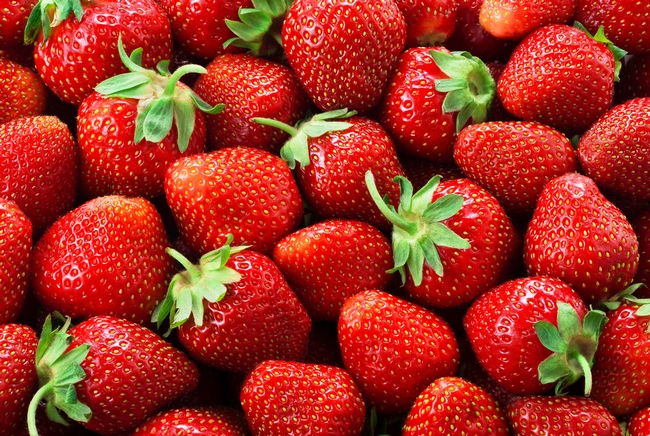
Strawberries. (fitnessandwellnessnews.com)
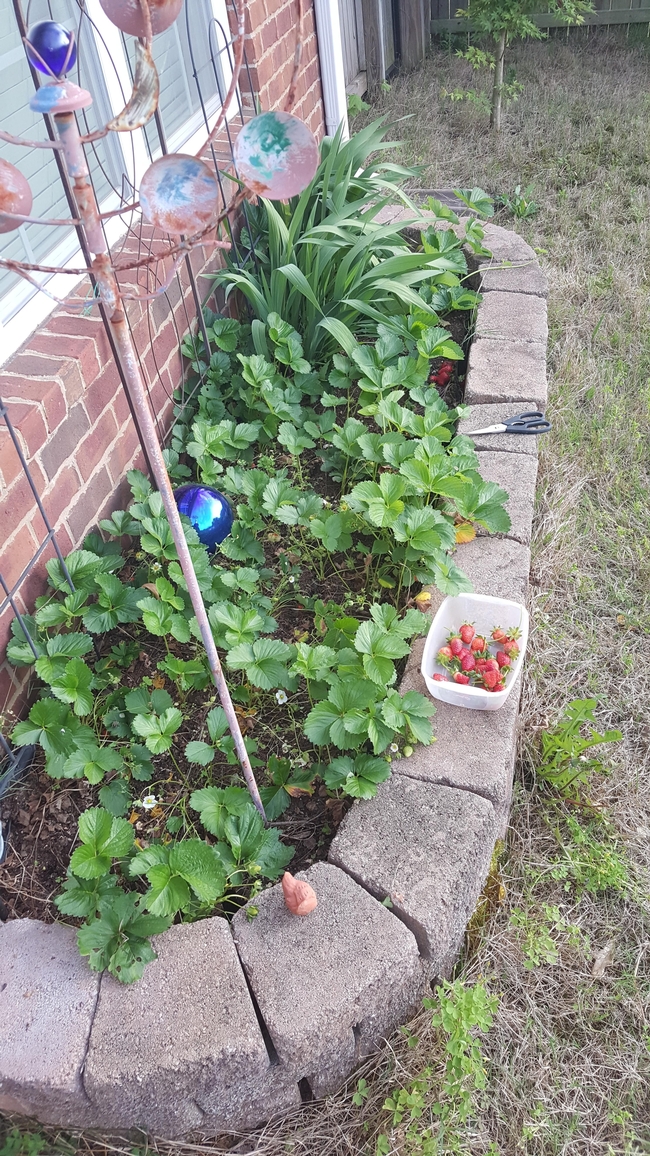
Strawberries in the backyard (or front yard.).jpg. (pinterest.com)
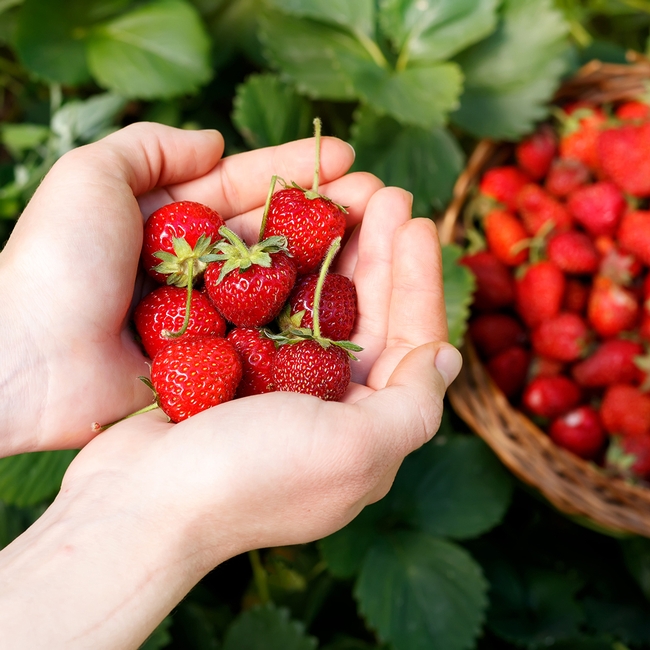
Little or big, no correlation to taste. (wholesalesuppliesplus.com)
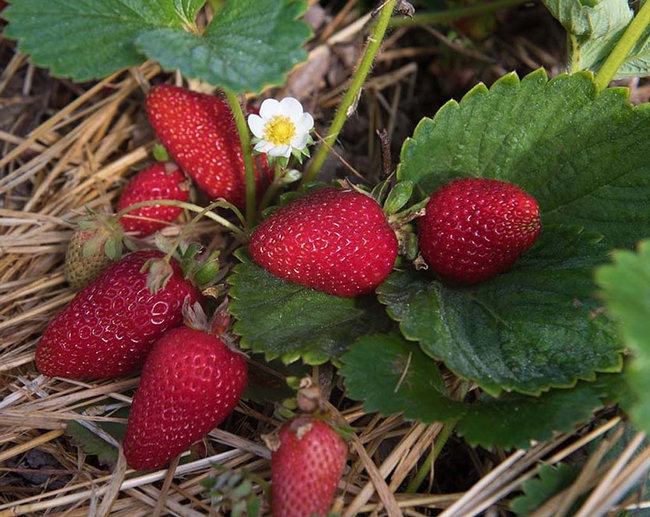
Albion strawberries, day neutral. (oregon-strawberries.org)
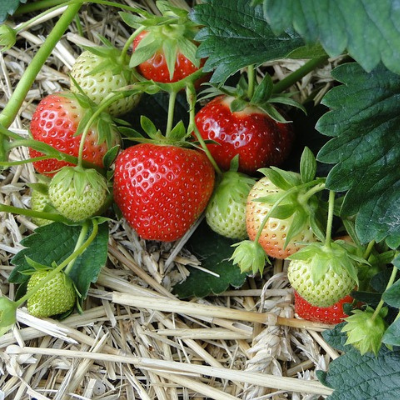
Sequoia strawberry, ever bearing. (bobwellsnursery.com)
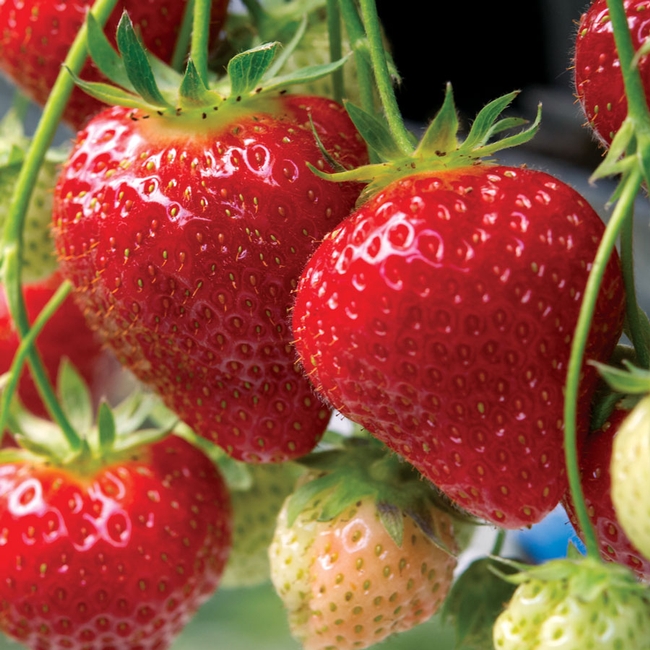
Seascape strawberry, day neutral. (jacksonandperkins.com)
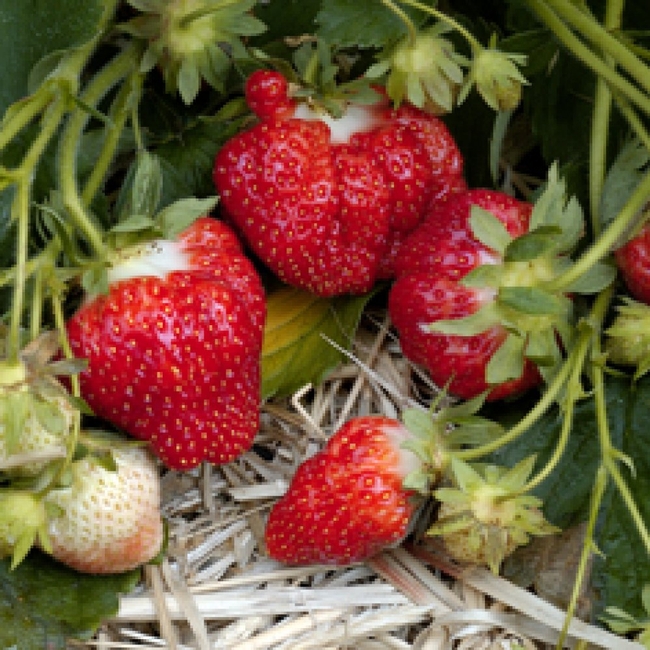
Chandler strawberry, June bearing. (noursefarms.com)
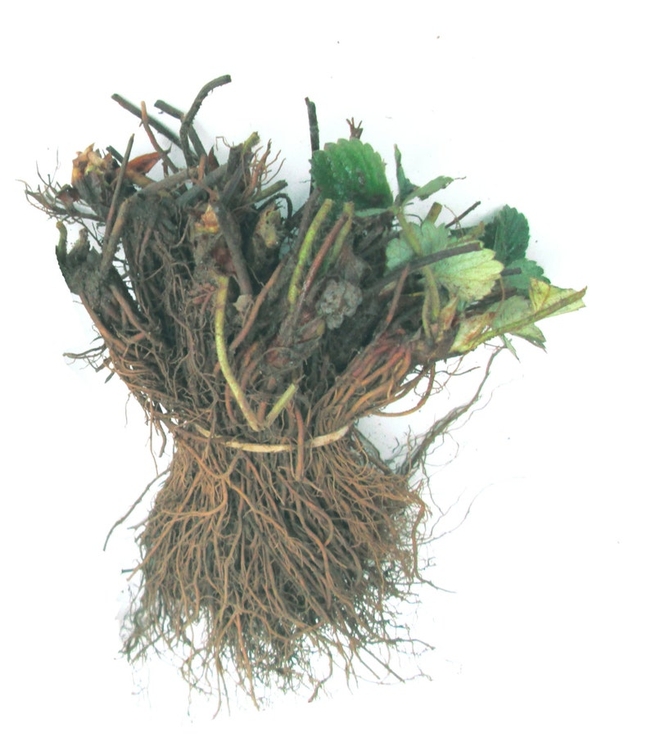
Buy them bare-root. (etsy.com)
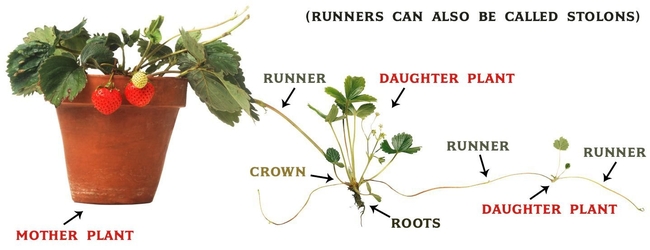
Strawberry propagation. (steemit.com)
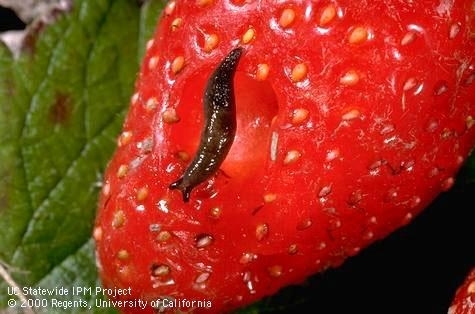
Slugs and snails love strawberries just as much as we dol. (ucanr.edu)
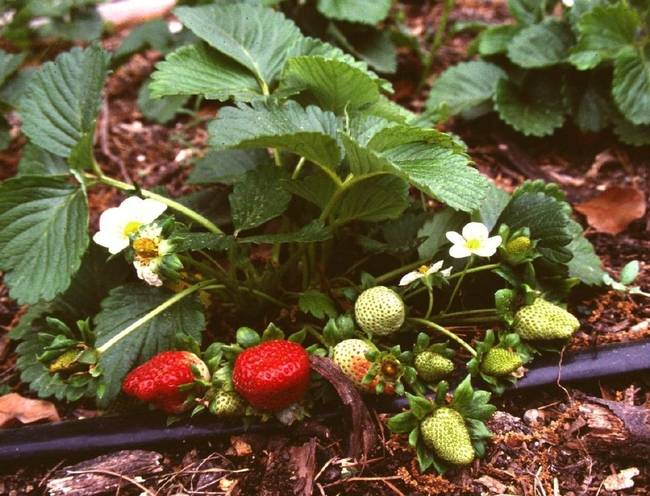
Use drip irrigation if you can on strawberries. (yourconroenewscom)
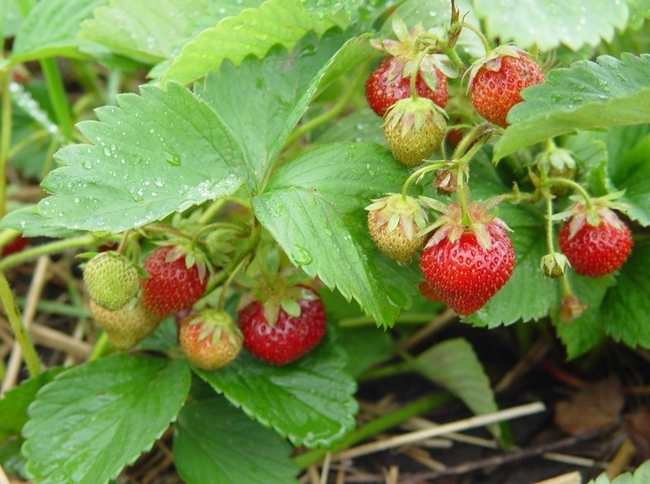
Strawberries from your garden--yum! (nydecay.org)